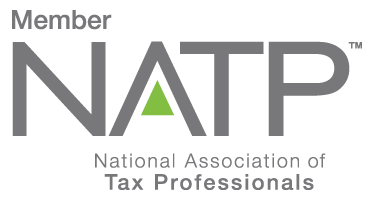Blog Archives
Tax Planning for 2011
The goal of tax planning, for individuals as well as for businesses, is to take advantage of the rules to produce the lowest possible tax bill. We often say that the difference between tax planning and tax preparation is December 31, because after that it is too late to plan, and there is nothing left to do but pay your taxes.
This year, with most of the tax laws still not set for 2011, it will await the last minute work of a lame-duck Congress to know what those rules will be, which makes it tricky to decide what to do before the end of the year. Nevertheless, with the help of the highly respected Kiplinger Tax Letter, here are some of our best guesses as to what the 2010 tax rules will look like, and how to best take advantage of them before it is too late.
Tax Rates – The most likely scenario is that, with the economy still mired in the effects of the recession, the Bush tax cuts will be renewed for all filers. So, most people will benefit from accelerating their deductions to apply for 2010, and deferring their income so that it applies for 2011, unless they expect to be in a higher tax bracket. In that case, the opposite scenario is best—accelerating income and delaying deductions.
Itemizing mortgage interest – Taxpayers who itemize are in an especially good position to shift deductions as described above. For example, making their January mortgage payment before the end of December enables them to deduct the interest portion on their 2010 return.
Itemizing medical expenses - Another good example is the deduction for medical expenses. If you have incurred enough medical expenses so that you are close to or have exceeded the 7.5%-of-adjusted-gross-income threshold, it would pay to have elective procedures and claim the medical expense deduction this year, rather than putting them off and running the risk of never being able to deduct them at all.
Itemizing charitable donations – Contributions to charity that may be planned for next year can be claimed this year as long as you make them by December 31. This can be especially beneficial when the donations are in the form of appreciated stock that you’ve owned for more than a year—you deduct the full value but don’t pay tax on the appreciation. However, don’t donate stock that has lost value, because you can’t claim the loss. Instead, sell the stock first, then donate the proceeds. That way the loss shows up on your capital gains.
Switching to a Roth IRA – This is quite technical, but if you are considering switching from a traditional IRA, where the contributions are tax deductible, to a Roth IRA, where they are not, but the interest grows tax free, 2010 is the year to do it. That’s because withdrawals from a traditional IRA are taxable as ordinary income, but a special, one-time rule allows you do defer part of the conversion so that half is taxed in 2011 and the other half in 2012. If you wait until 2011 to convert, the two-year option will be gone.
Those are just a few ideas, not all of which will likely apply to you, but perhaps even just one or two might be of benefit as you look ahead to the coming tax season.









